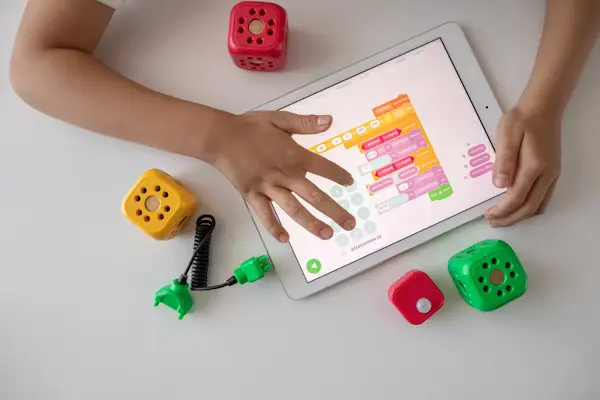In today’s digital world, screens are everywhere—phones, tablets, televisions, and laptops dominate not just adult lives, but increasingly, the lives
- info@tickleright.com
- Head Office - 110/117, Naju Mansion, Ground Floor, Badhwar Park, Cuffe Parade, Mumbai – 400005.
- Correspondence Address - 2nd Floor, Vraj Group, Simran Center, Parsi Panchayat Rd, Jijamata Colony, Andheri East, Mumbai - 400053
- India +91 98331 52156
- Dubai Office : Meydan Grandstand, 6th floor, Meydan Road, Nad Al Sheba, Dubai, U.A.E.
- Dubai +971 58 558 2156
Copyright © 2024 Tickle Right All Rights Reserved
- info@tickleright.com
- Head Office - 110/117, Naju Mansion, Ground Floor, Badhwar Park, Cuffe Parade, Mumbai – 400005.
- Correspondence Address - 2nd Floor, Vraj Group, Simran Center, Parsi Panchayat Rd, Jijamata Colony, Andheri East, Mumbai - 400053
- India +91 98331 52156
- Dubai Office : Meydan Grandstand, 6th floor, Meydan Road, Nad Al Sheba, Dubai, U.A.E.
- Dubai +971 58 558 2156

- KHDA Verified
Copyright © 2024 Tickle Right All Rights Reserved

